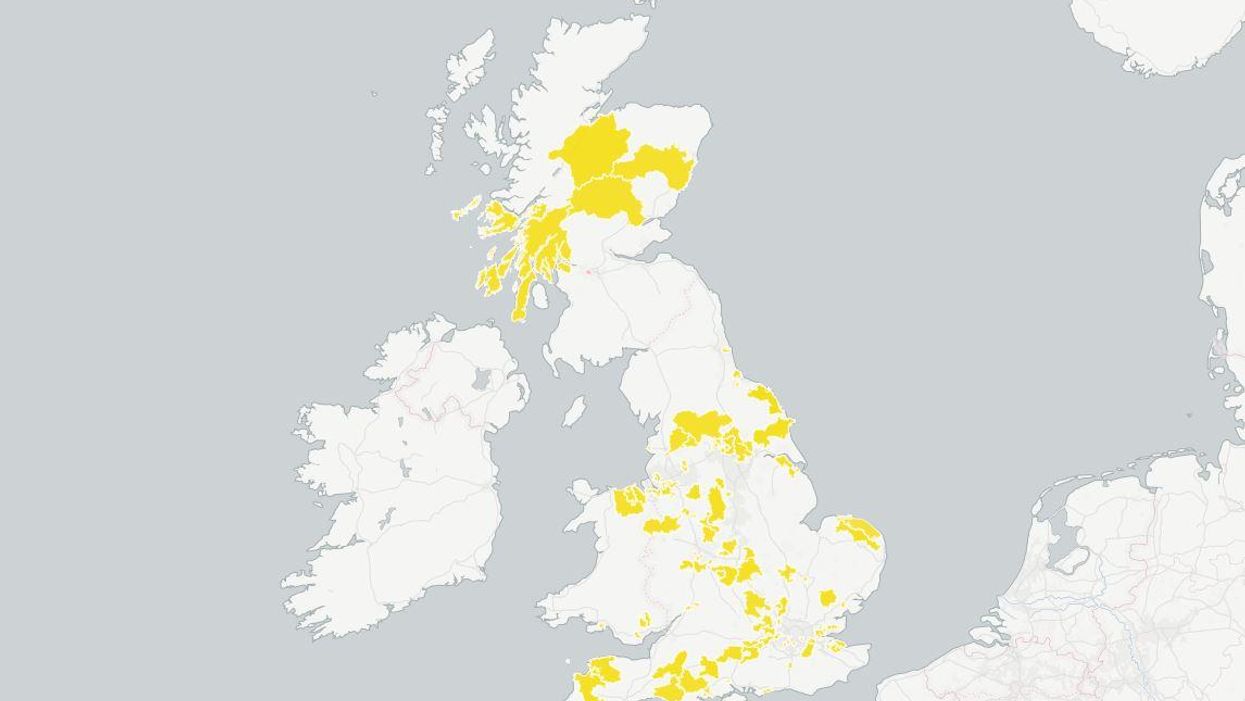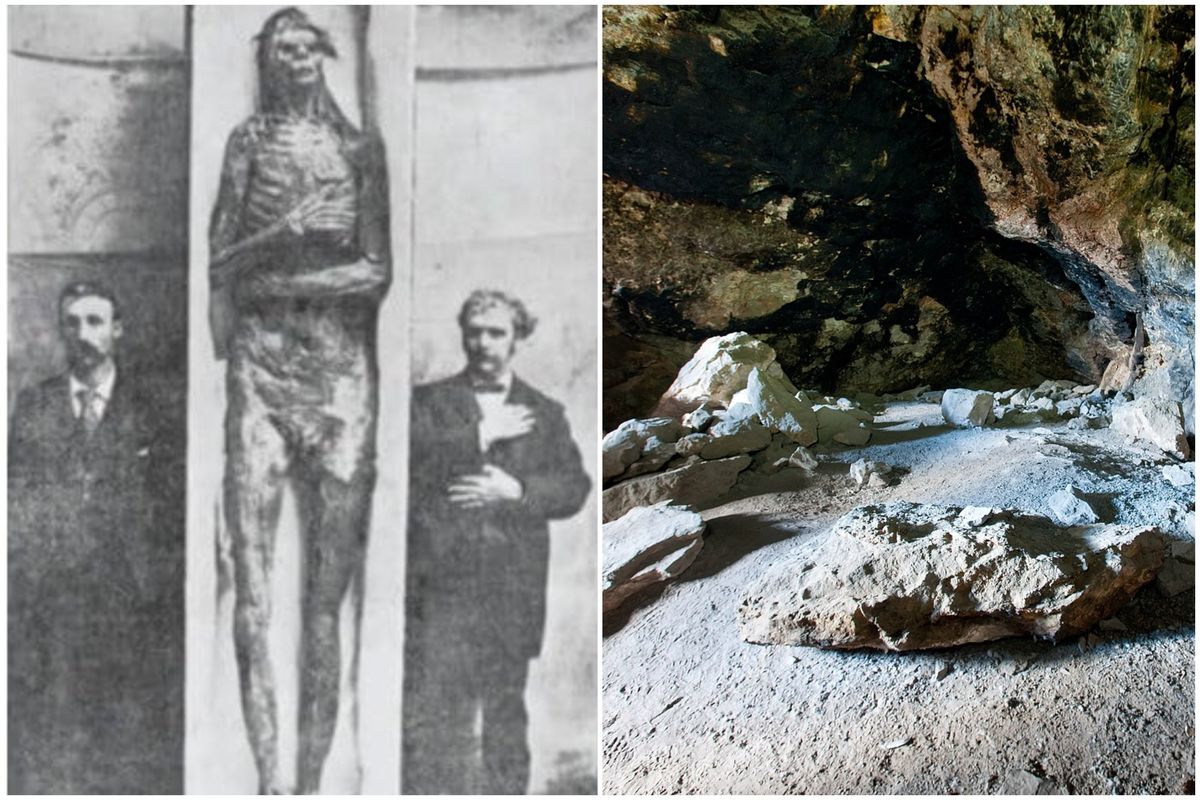News
Joe Vesey-Byrne
Jun 07, 2017

Picture:
Joe Vesey-Byrne/indy100/CARTO
Women make up more than half of the country, yet only 29.3 per cent of parliamentary candidates in this year's general election.
Male is the gender of 70.4 per cent of candidates standing for parliament.
Using data from Democracy Club, indy100 has looked at the parties fielding the highest number of female candidates this election.
Of the 3304 people standing in this June's snap election, 969 identified their gender as female. 2328 identify as male.
Two candidates identify as 'Non-binary, one as female-transgender, one as Man (Mixter), and another as transgender.
Two other candidates are classed as unknown; Baron Badger, standing in Esher and Walton, and The Iconic Arty-Pole standing in Louth and Horncastle - both are for the Official Monster Raving Loony Party.
Reigning Men
Regardless of which party wins, 116 seats will have a male MP on Friday morning.
Indy100 has mapped all of the parliamentary seats where voters do not have the option of voting for a woman to be the MP.
This is the case in 116 seats out of 650.
The only seat in the entirety of the United Kingdom where there is no male candidate standing, is Glasgow Central, a constituency last held by the Scottish National Party.
Main parties with the most female candidates
Northern Ireland parties
Two candidates are listed as 'non-binary': Andrew Creak and Lee-Anne Lawrance, both of whom are standing for the Green Party, in Caerphilly, and Runnymede and Weybridge respectively.
Sophie Cook, standing in East Worthing and Shoreham for Labour identifies as a transgender woman. Charley Hasted, who identifies as transgender, is standing for the Liberal Democrats in Swansea East.
Jonathan Bishop is hoping to win the seat of Exeter as an Independent, and identifies as Man (Mixter).
Labour is fielding the most women
Labour has the most female candidates this election (254), followed by the Liberal Democrats (184) and the Conservatives (182).
The major party fielding the highest proportion of female candidates is the Alliance Party (50 per cent) followed by Labour (40 per cent) and Sinn Feinn (38.9 per cent).
The party that had MPs in the last parliament, now fielding the smallest proportion of female candidates is the Democratic Unionist Party (11.76 per cent).
Parties from the 2015-17 parliament by proportion of female candidates (rounded to nearest percentage):
- Alliance (50 per cent)
- Labour and Labour Co-Operative (40 per cent)
- Sinn Féin (39 per cent)
- Greens and Scottish Greens (35 per cent)
- SNP (34 per cent)
- SDLP (33 per cent)
- Liberal Democrats (29 per cent)
- Conservatives (29 per cent)
- Plaid Cymru (28 per cent)
- Ulster Unionist (14 per cent)
- Ukip (13 per cent)
- Democratic Unionist (12 per cent)
Single sex parties
There are five parties with more than three candidates standing in 2017, who are only fielding candidates of one gender.
- British National Party - All male (10)
- Pirate Party - All male (10)
- Women’s Equality Party - All female (7)
- Libertarian Party - All male (4)
- Liberal Party - All male (4)
More: Saudi Arabian company keeps Photoshopping women into beach balls
Top 100
The Conversation (0)













